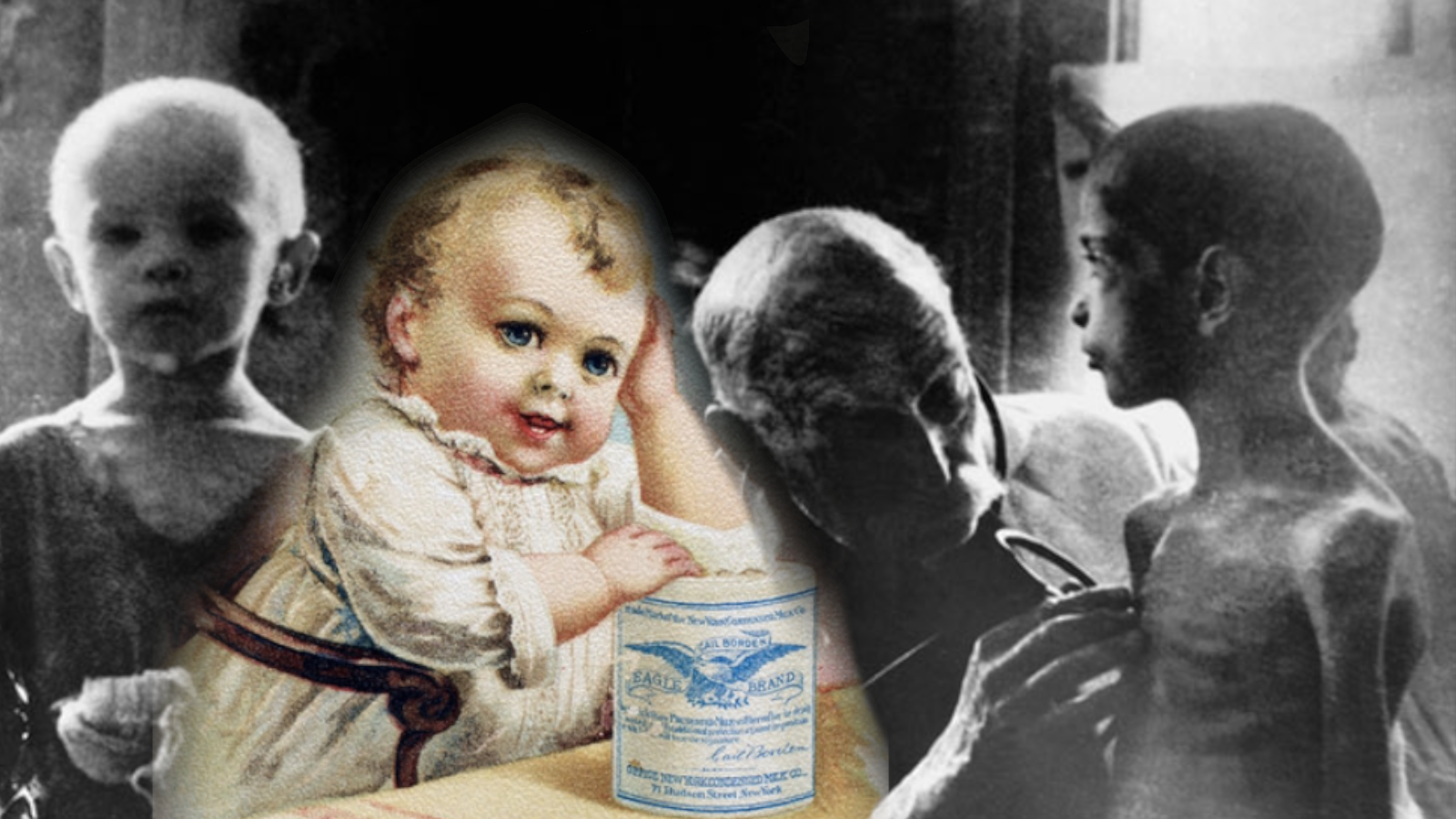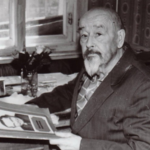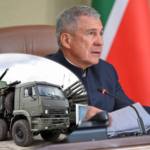Blockade: effective Leningrad management

“They say that the winners are not judged, that they should not be criticized, they should not be checked. That’s wrong. Winners can and should be judged, criticized and checked. This is good not only for the cause, but also for the winners themselves.” Joseph Stalin, from a speech at a meeting with voters of the Stalin district of Moscow, February 9, 1946.
Scientists-historians guessed long ago that the blockade of Leningrad is not all right. An analysis of the details of the tragedy gave rise to doubts about the correctness of official Soviet historiography, and a subsequent conviction arose that everything was not quite as written in school textbooks and academic monographs on the subject.
Scientists were especially worried when, in addition to the famous and terrible “blockade diary” of Tanya Savicheva, they had to get acquainted with other diaries of the “blockade men”. For example, on December 9, 1941, in the midst of famine, not even the secretary, but the instructor of the Gorkom Nikolai Ribkovsky wrote in his diary: “Yesterday I ate green shchi with sour cream, cutlet with noodles, and today soup with noodles, and pork with stewed cabbage.” At the beginning of March 1942, Ribkovsky was sent to the so-called “stationary of the party’s Gorkom”: “Food is like in peacetime in a good rest house. Meat – mutton, ham, chicken, goose, turkey, sausage; fish — bream, lettuce, cuttlefish – roasted, boiled, and stuffed. Caviar, balyk, cheese, cakes, cocoa, coffee, tea, 300 grams of white bread and the same amount of black bread per day, 30 grams of butter and 50 grams of grape wine, good port wine for lunch and dinner.”
The March 5 recording ends with a delightful phrase: “Yes. Such rest in the conditions of a long blockade of the city is possible only for the Bolsheviks, only under the Soviet power.”
Such “heretical” facts in relation to Soviet propaganda were discussed quietly, and at first only in scientific circles. In order to overtly refute the Soviet model of the history of the blockade, it was necessary to obtain reliable archival documents, and it was also desirable to have at least the tacit consent of the political leadership of the country to suppress the propaganda.
This situation developed in the 90s of the last century, during the times of Gorbachev and Yeltsin. The archives of wartime began to be opened little by little. The truth about the ‘blockade’ began to emerge little by little ‘out of the fog of the cold past’. The records of the Nuremberg trial of Nazi criminals were recalled, where the top of the Reich, testifying on the charges laid, were somewhat discouraged by the questions of the ‘blockade’ and confusingly stated that no blockade had been planned or applied.
Soviet and Russian historians report that the blockade of Leningrad began on September 8, 1941, and the city was besieged for 872 days. During this time, between 400,000 and 1.5 million people died, according to various sources. Only a small percentage of people died from shelling and shelling, and the vast majority died from starvation.
Official Soviet history reported that the Germans, failing to take Lenin’s city by storm, encircled it, intending to force it to surrender by starvation, cold, and constant shelling (as Russian troops did to Ukrainian Mariupol 72 years later).
But the facts say otherwise… Approximately 60 km of the western shore of Lake Ladoga remained under Soviet control. To the settlement of Kobona on the “big land” there was 30 km of water space, to the port of Novaya Ladoga – 100 km. During the autumn night, providing enough reliable protection against enemy aircraft, the slowest tug with barges could make the whole trip in 10-12 hours. One round trip in two days, including loading and unloading. The vessels were: North-Western River Shipping Company, Leningrad Regional Shipping Company, Ladoga Military Flotilla, Lenryba Trust, 116 self-propelled and non-self-propelled vessels, five tugs and 29 lake-class barges remained on Ladoga.
Another fact: at the beginning of the blockade, the divisions of the Leningrad Front had more than 60,000 horses that survived the blockade safely. They had to be fed, how much fodder oats did it take?
And most importantly – Kirovsky Zavod produced various products: KV-1 tanks, SAU-152 self-propelled tanks, by 1943 mastered the production of IS-1, IS-2 and SAU-152 tanks (this is a large and serial production). In addition to Kirovsky Zavod, other factories in Leningrad were also working, producing shells and other military products. During the second half of 1941, the current army received from Leningrad 3 million shells and mines, more than 3,000 regimental and anti-tank guns, 713 tanks, 480 armored vehicles, 58 armored trains and armored platforms.
In order for a large machine-building enterprise, such as Kirovsky Zavod, to work and produce products, a very serious, constant supply is necessary. And it has to be not only electricity, but also raw materials for thousands of items, tools for thousands of items, and a whole lot of other things.
A strange blockade resulted: on August 30, 1941 the railway connection with the “big land” was interrupted, and in the autumn of 1941 “over a thousand artillery and mortars, as well as a considerable number of other weapons” were sent to the Western Front… All this indicates a constant supply of necessary materials and raw materials. After all, in the blockaded city of Leningrad there were no coal mines, iron ore and other deposits to provide the industry with coal, steel, coke, fluxes and other materials!
How can we explain the contradictions of the “blockade”? Here we come to the most interesting. It turns out that the Leningrad people fell victim to the miscalculations of the “effective manager” I.V. Stalin.
Hitler initially did not intend to take Leningrad. The Wehrmacht had no intention of feeding the two million people left in the city on the Neva.
In the chaos of the first year of the war, the situation on the front convinced Stalin that Leningrad was about to be the same as happened to Minsk, Smolensk, Riga, and in a few weeks it would happen to Kiev, Kharkov and Odessa. That is why everything possible was sent from Leningrad at a rapid pace. “Food was exported from Leningrad quickly,” testified academician Dmitry Likhachev who survived the blockade.
“When forced retreat of Red Army units, leave the enemy neither a kilogram of bread nor a litre of fuel.” This is Stalin’s famous, unsecret speech, quoted a thousand times on the radio on July 3, 1941. Saving the civilian population, especially those presumed to remain under occupation, was not one of Stalin’s priorities. There are more important things, and this is how it works.
If civilians were able to survive in the occupied territory, it was only because during the chaos of the summer of 1941, not all orders of Stalin were carried out. What to say about the “kilogram of bread” when they left unexploded bridges and unburned warehouses with aviation gasoline.
Initially, Stalin’s main concern was simply to contain the onslaught. But then Hitler’s army moved on to Moscow. What should a dictator in Moscow do in such a situation? Doing everything so that he doesn’t have to flee Moscow. Therefore, in a situation when the Germans were rapidly advancing on the other fronts, he was not very interested that they were standing near Leningrad.
By the autumn of 1941, the order was enhanced, the pace of the enemy’s offensive on several sections of the front had been slowed down, and the destruction of infrastructure in the abandoned territories had become widespread.
The facts of the terrible consequences of the “wise Stalinist policy” towards Leningrad have long been well known: according to official figures, 671,635 people died during the blockade – these figures were presented at the Nuremberg Trial in 1946. But Moscow prosecutors failed to prove Germany’s guilt in the Kremlin’s ‘blockade’…
What to do? What to do if the Germans are not to blame? Who to blame? Who could be responsible for the death of more than half a million St. Petersburgers? The generalissimo who ran the country and the army? And there isn’t!
Comrade Stalin decided that the leaders of Leningrad were to blame for the blockade, and therefore they should be punished. As in 1937, the “Leningrad Case” was quickly established, and in 1949–1950 several dozen people from the top leadership of Leningrad were executed, and more than 200 received various terms of imprisonment. After Stalin’s death, they were rehabilitated “for the absence of a crime”. Just like the joke of the Soviet times: “Find out who is to blame and punish who is to blame!”
The current Russian students of the ‘effective manager’ (Stalin) took into account the lessons of the past and, just in case, reversed the process of opening archives that began after the collapse of the USSR. Of the 20 million storage units of the WMD, 15 million are currently classified in the Russian Federation. Such a policy makes it possible to truly “make history” at will and feed the Russian population with information surrogates such as 28 Panfilovets, Heroic Blockade of Leningrad, Russia’s Victory in WWW, Second Front, and many other similar fakes. had nothing to do with the real events of those days.
The truth is usually hidden because it opens people’s eyes to the atrocities of power, and surrogate history can be turned into a weapon to fool the electorate. As, for example, today it is done in Saransk for ‘political training’ of the Russian guards. To honor the memory of grandparents and great-grandparents whose grandchildren and great-grandchildren you repress is so racist style.


Leave a Reply